Goth Chick News: Zombie Contamination and Other Stuff You’ll Only Find Here
 Fresh from their final exams and smelling strongly of AXE body spray, the new batch of summer interns creeps tentatively down the stone steps into the underground offices of Goth Chick News. After orientation, which in this case includes a thorough hosing off, they are scurrying around collecting information for their first assignment.
Fresh from their final exams and smelling strongly of AXE body spray, the new batch of summer interns creeps tentatively down the stone steps into the underground offices of Goth Chick News. After orientation, which in this case includes a thorough hosing off, they are scurrying around collecting information for their first assignment.
Akin to the pleasure of taking the Margarita salt out from its long winter storage is the joy of taking on twice as many interns as necessary and making them fight each other to the death in their first week, to remain one of the chosen few.
“Bring me pop horror culture!” I shout; frothy frozen cocktail in one hand and riding crop in the other. “And make sure it’s fresh! We’re not running some crappy Ryan-Seacrest-production here!”
C.S.E. Cooney laughs maniacally from the corner and asks if she can have a go with the riding crop.
Summer is definitely in the air at Black Gate headquarters.

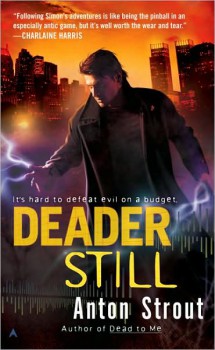 Deader Still
Deader Still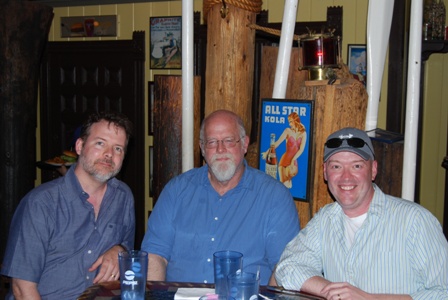

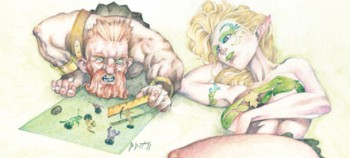
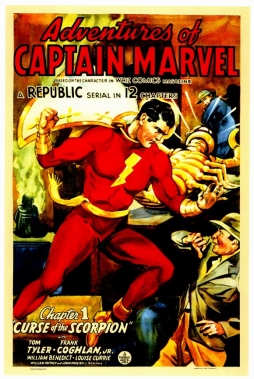 Serial storytelling is something of a mystery; even more so, perhaps, than most storytelling. When done right, it seems to hook an audience, to get them to invest heavily in the story being serialised. But for whatever reason, most serial forms have been pigeonholed as strictly popular arts; serial storytellers have generally been assumed to have a low amount of literary ambition. These presumptions about serials, and the way the form works, have always intrigued me — the more so since I’ve set out to write
Serial storytelling is something of a mystery; even more so, perhaps, than most storytelling. When done right, it seems to hook an audience, to get them to invest heavily in the story being serialised. But for whatever reason, most serial forms have been pigeonholed as strictly popular arts; serial storytellers have generally been assumed to have a low amount of literary ambition. These presumptions about serials, and the way the form works, have always intrigued me — the more so since I’ve set out to write 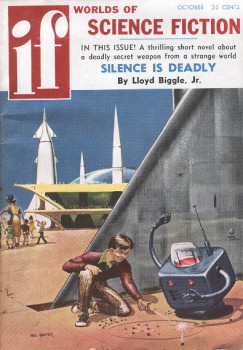
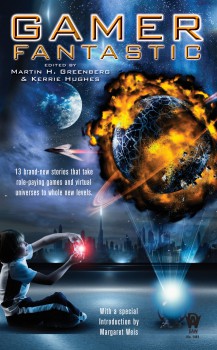 Gamer Fantastic
Gamer Fantastic I’m beginning to wonder when Interzone will be retitled Jason Sanford’s Interzone; the guy seems to snag the magazine’s featured author slot more times than most. Case in point is the May/June issue in which Sanford’s “Her Scientification, Far Future, Medieval Fantasy” gets top billing, “plus other new stories” by Suzanne Palmer, Lavie Tidhar, Will McIntosh and Jon Ingold. I normally find Sanford intriguing, but this is one of those “I’m in an artificial reality, and I find out that I’m not as real (or more than real) as I thought” stories that is okay but doesn’t add much to the trope that hasn’t already been done before. The first paragraph is a real hoot, though, which I felt the rest of the story didn’t really hold up to:
I’m beginning to wonder when Interzone will be retitled Jason Sanford’s Interzone; the guy seems to snag the magazine’s featured author slot more times than most. Case in point is the May/June issue in which Sanford’s “Her Scientification, Far Future, Medieval Fantasy” gets top billing, “plus other new stories” by Suzanne Palmer, Lavie Tidhar, Will McIntosh and Jon Ingold. I normally find Sanford intriguing, but this is one of those “I’m in an artificial reality, and I find out that I’m not as real (or more than real) as I thought” stories that is okay but doesn’t add much to the trope that hasn’t already been done before. The first paragraph is a real hoot, though, which I felt the rest of the story didn’t really hold up to: